Bashar Altakrouri
Explainable Online Lane Change Predictions on a Digital Twin with a Layer Normalized LSTM and Layer-wise Relevance Propagation
Apr 04, 2022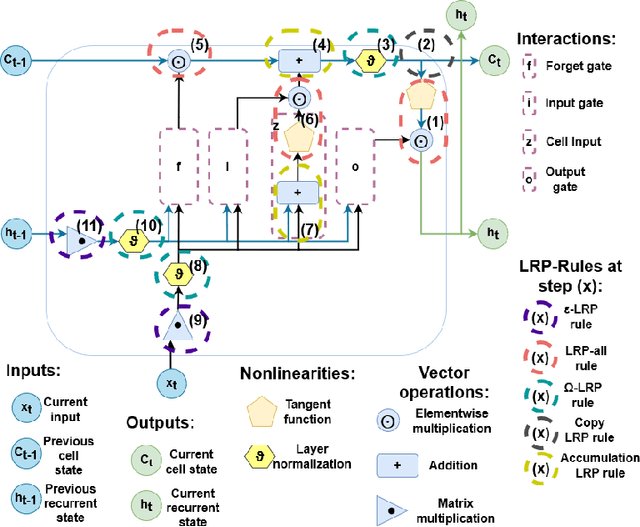
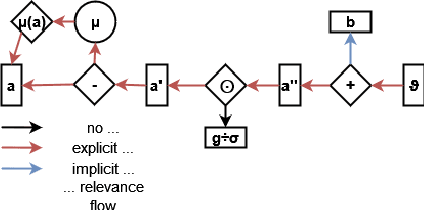
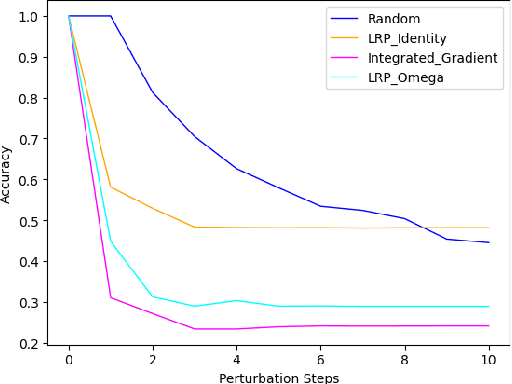

Abstract:Artificial Intelligence and Digital Twins play an integral role in driving innovation in the domain of intelligent driving. Long short-term memory (LSTM) is a leading driver in the field of lane change prediction for manoeuvre anticipation. However, the decision-making process of such models is complex and non-transparent, hence reducing the trustworthiness of the smart solution. This work presents an innovative approach and a technical implementation for explaining lane change predictions of layer normalized LSTMs using Layer-wise Relevance Propagation (LRP). The core implementation includes consuming live data from a digital twin on a German highway, live predictions and explanations of lane changes by extending LRP to layer normalized LSTMs, and an interface for communicating and explaining the predictions to a human user. We aim to demonstrate faithful, understandable, and adaptable explanations of lane change prediction to increase the adoption and trustworthiness of AI systems that involve humans. Our research also emphases that explainability and state-of-the-art performance of ML models for manoeuvre anticipation go hand in hand without negatively affecting predictive effectiveness.
Towards an Accountable and Reproducible Federated Learning: A FactSheets Approach
Feb 25, 2022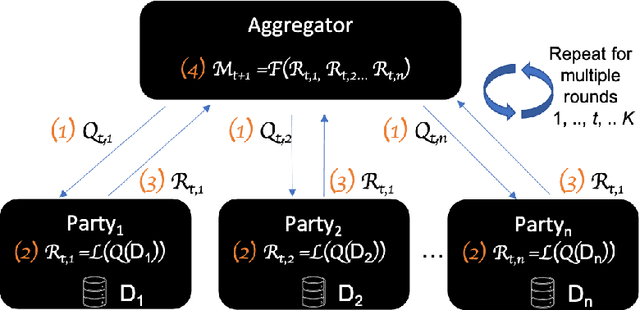
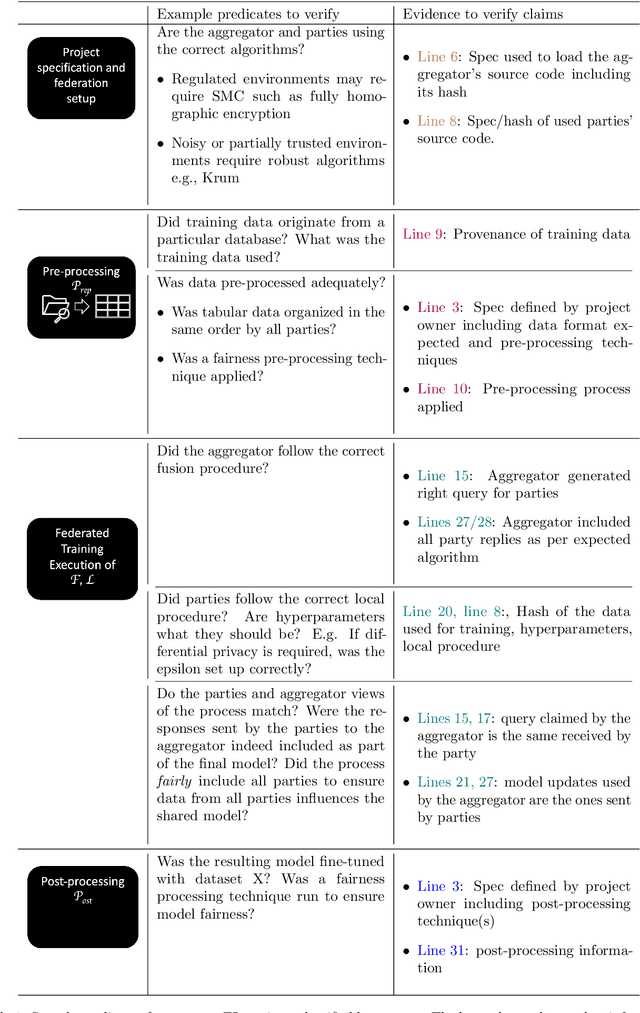
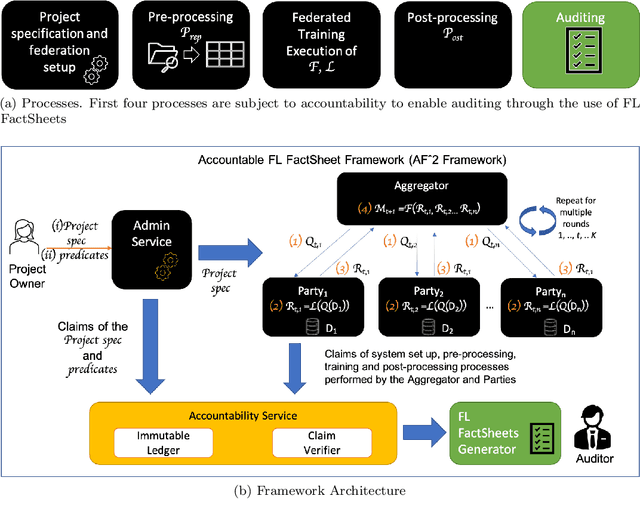
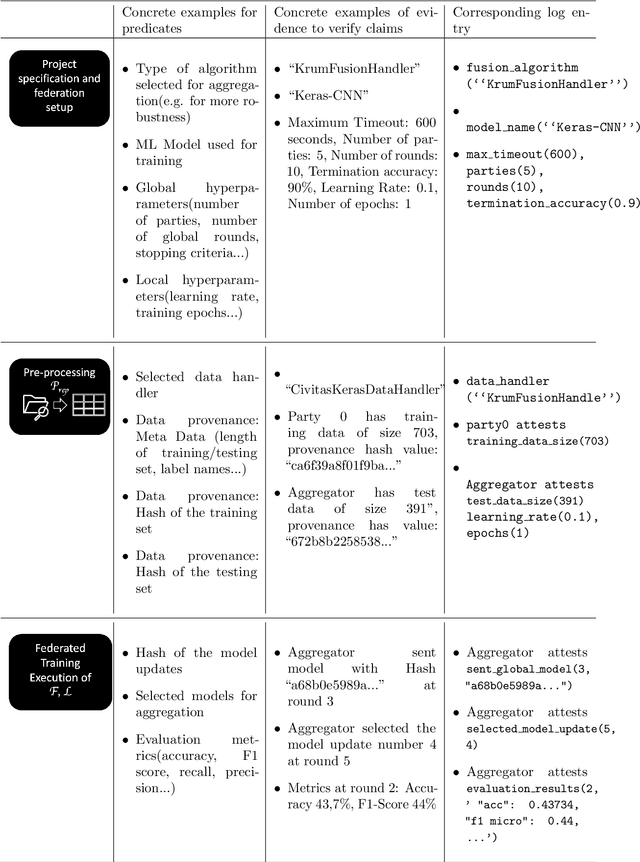
Abstract:Federated Learning (FL) is a novel paradigm for the shared training of models based on decentralized and private data. With respect to ethical guidelines, FL is promising regarding privacy, but needs to excel vis-\`a-vis transparency and trustworthiness. In particular, FL has to address the accountability of the parties involved and their adherence to rules, law and principles. We introduce AF^2 Framework, where we instrument FL with accountability by fusing verifiable claims with tamper-evident facts, into reproducible arguments. We build on AI FactSheets for instilling transparency and trustworthiness into the AI lifecycle and expand it to incorporate dynamic and nested facts, as well as complex model compositions in FL. Based on our approach, an auditor can validate, reproduce and certify a FL process. This can be directly applied in practice to address the challenges of AI engineering and ethics.
 Add to Chrome
Add to Chrome Add to Firefox
Add to Firefox Add to Edge
Add to Edge